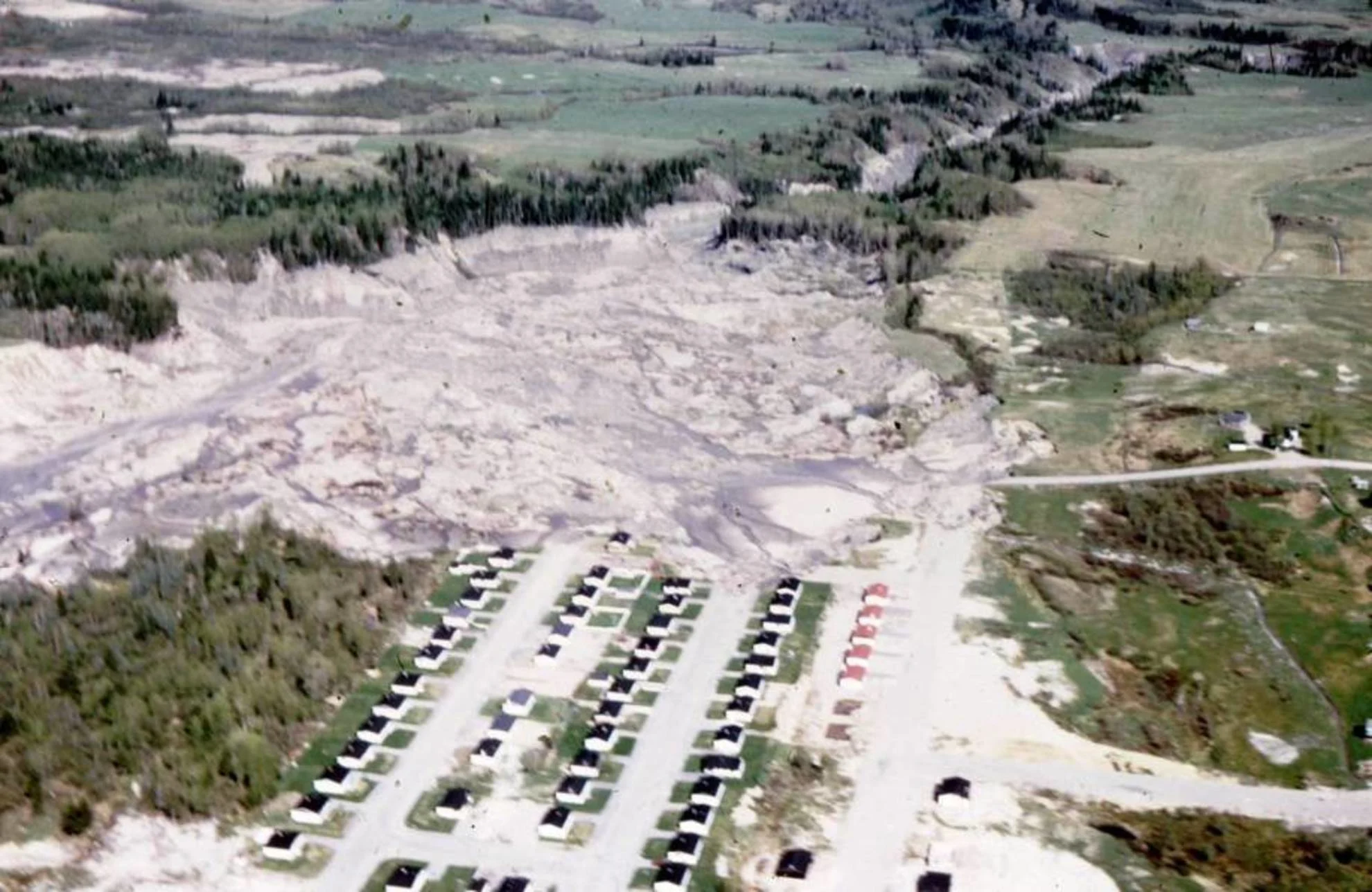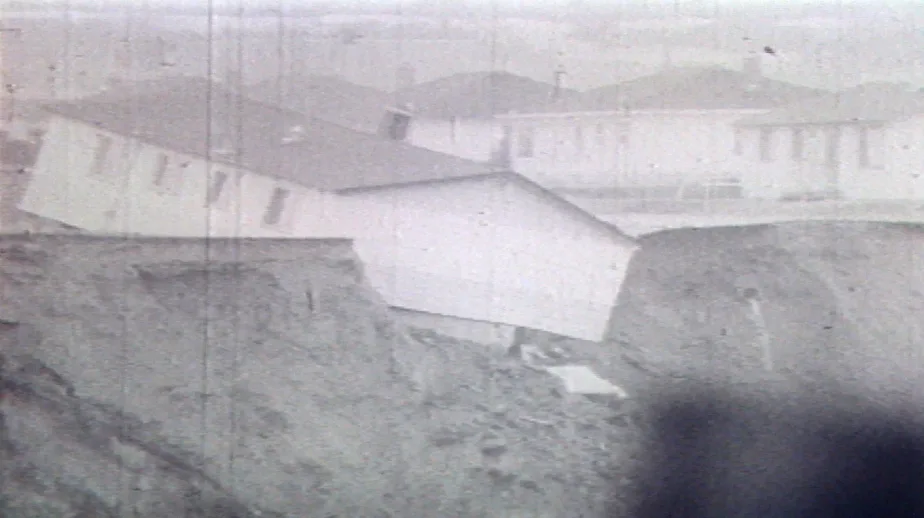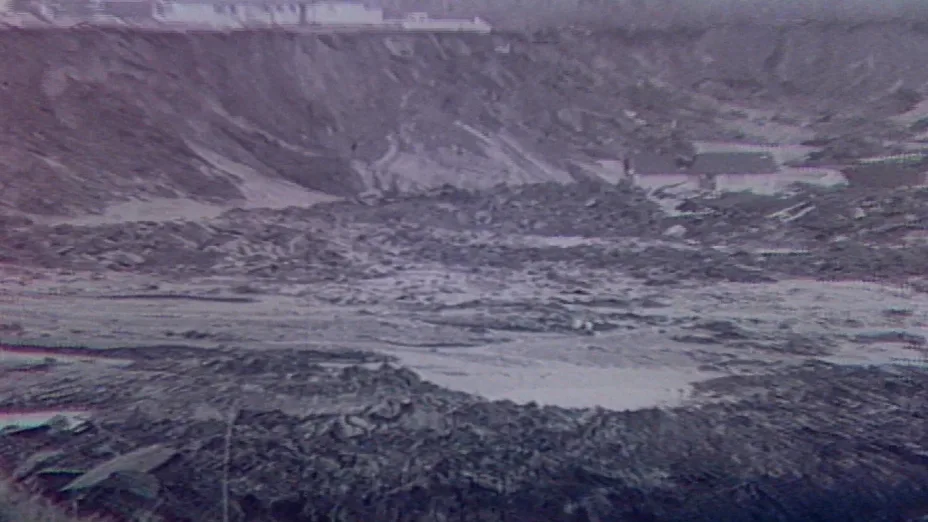
It's been half a century since a landslide engulfed a Quebec town
On this day in weather history, a landslide destroyed an area of Quebec.
This Day In Weather History is a daily podcast by Chris Mei from The Weather Network, featuring stories about people, communities and events and how weather impacted them.
--
On Tuesday, May 4, 1971, a landslide partially engulfed Saint-Jean-Vianney, a village 225 km north of Quebec City. At the time, the population was 1,266. Now, the town is completely abandoned.
That year, Saint-Jean-Vianney had an unusually rainy April. The water heavily saturated the clay soil bed causing areas of it to gradually dissolve. A few weeks prior to the landslide, there were some indications that the area was going through physical changes.

Saint-Jean-Vianney, Courtesy CBC
People reported cracks in the town's streets. Some people's homes dropped eight inches into the soil. Aside from visual cues, people heard underground thumps and running water.
Click here to subscribe to This Day in Weather History
At 10:45 p.m. on May 4, the earth beneath the town suddenly dropped around 30 m. The earth enveloped a 324,000 square metre area of land taking 41 homes with it. The liquefied clay flowed in the direction of the Shipshaw River.
The landslide flowed until approximately midnight, killing 31 people.
After the landslide, the area was declared unsafe for habitation. The town's survivors relocated to a town nearby called Arvida.

Saint-Jean-Vianney, Courtesy CBC
Where Saint-Jean-Vianney used to be is now a giant crater. After the event, research revealed that another landslide occurred at the site around 500 years prior to the 1971 disaster.
Saint-Jean-Vianney remains uninhabited.
To learn more about the Saint-Jean-Vianney landslide, listen to today's episode of "This Day In Weather History."
Subscribe to 'This Day in Weather History': Apple Podcasts | Amazon Alexa | Google Assistant | Spotify | Google Podcasts | iHeartRadio | Overcast'
Thumbnail: Saint-Jean-Vianney crater. Courtesy of Jean-Marie Brochu/Wikipedia/CC BY-SA 4.0










